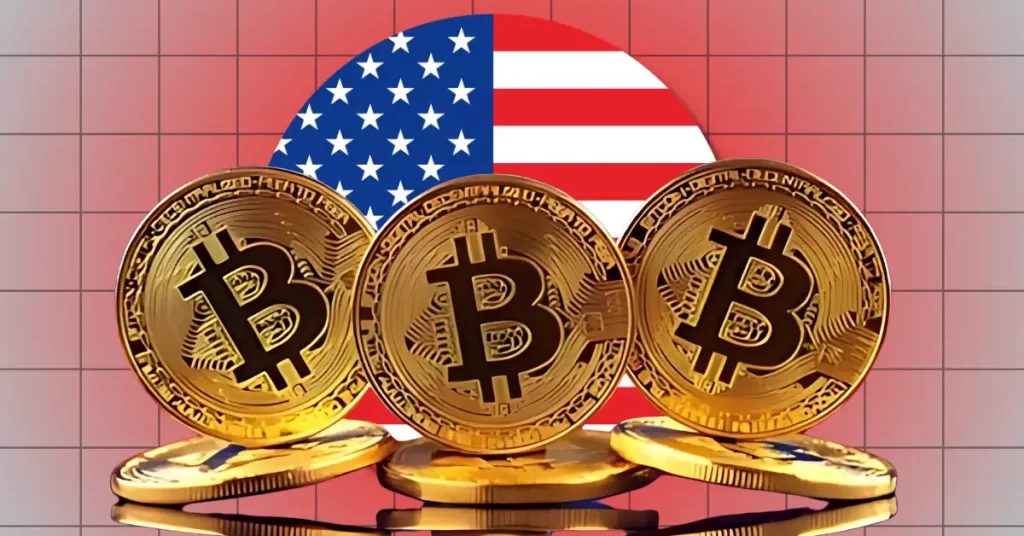Japan Post Bank introduceert DCJPY voor NFT’s en security tokens
2025/09/01 19:30

Japan Post Bank wil zijn enorme berg aan slapend spaargeld nieuw leven inblazen en doet dat op een verrassend moderne manier. In het boekjaar 2026 lanceert de bank een eigen digitale munt genaamd DCJPY, die gebruikers direct kunnen koppelen aan hun spaarrekening. Met deze stap mikt de bank niet alleen...
Het bericht Japan Post Bank introduceert DCJPY voor NFT’s en security tokens verscheen het eerst op Blockchain Stories.
Disclaimer: The articles reposted on this site are sourced from public platforms and are provided for informational purposes only. They do not necessarily reflect the views of MEXC. All rights remain with the original authors. If you believe any content infringes on third-party rights, please contact [email protected] for removal. MEXC makes no guarantees regarding the accuracy, completeness, or timeliness of the content and is not responsible for any actions taken based on the information provided. The content does not constitute financial, legal, or other professional advice, nor should it be considered a recommendation or endorsement by MEXC.
Share Insights
You May Also Like

Last Quiet Week for Crypto? Congress Set to Tackle Market Structure, Stablecoins, and Tokenization
The post Last Quiet Week for Crypto? Congress Set to Tackle Market Structure, Stablecoins, and Tokenization appeared first on Coinpedia Fintech News Crypto may be entering its final calm before a storm of regulatory activity in Washington. According to Ron Hammond, Head of Policy and Advocacy at Wintermute, this week could be the last “quiet week” before Congress returns with a packed agenda that directly impacts the digital asset industry. Congress Returns With Heavy Agenda After a month-long recess in August, lawmakers are back in Washington, facing a possible shutdown at the end of September. But crypto is also high on the list. The Senate is preparing its own version of a market structure bill, a framework that could define how digital assets are regulated in the US. Unlike the House, which already passed the bipartisan Clarity Act earlier this year, the Senate wants to draft its own approach. A first draft is expected by mid-to-late September. Hammond noted that while a shutdown could delay progress, momentum is strong, and key committees are preparing to review the bill in the fall. Market Structure Bill: What to Expect The House has been working on market structure for nearly eight years, but the Senate only began serious hearings this year. Hammond explained that senators want more ownership of the process and may revise definitions around ancillary assets and decentralization tests. If progress continues, a Senate vote could happen in late October or early November, with the possibility of the House taking it up before Christmas. That means the bill could either be passed by year-end or pushed into 2026. TradFi vs. Crypto: The Tokenization Battle Beyond market structure, another hot topic is tokenization of traditional assets. Citadel and other Wall Street players have voiced skepticism, warning of risks. On the other hand, firms like Galaxy Digital are embracing tokenized securities. Hammond said the debate is intensifying in DC, with the SEC hinting at guidance on tokenized equities soon. Banks Push Back Against Stablecoins Banks are becoming more aggressive in their lobbying. Their main concern? Interest-bearing stablecoins. Banks fear these could drain deposits from the financial system. While earlier compromises had limited stablecoin issuers, banks now want additional restrictions that close off affiliates, brokers, and dealers from offering them. This puts them directly at odds with the crypto industry, which argues stablecoins bring efficiency, transparency, and lower costs for cross-border payments. Odds of Passage Prediction markets put the chance of a market structure bill becoming law this year at around 40%, but Hammond thinks the odds are higher. “The right people are talking,” Hammond said, adding that bipartisan buy-in increases the likelihood of progress. If Hammond is correct, the calm is ending. By late fall, crypto could see its most consequential regulatory shifts yet. Between the Senate’s market structure draft, stablecoin debates, and tokenization rules, the next few months may set the foundation for how digital assets operate in the US for years to come.
Share
Coinstats2025/09/04 16:20
Share

Trump-Backed WLFI Token Hits All-Time Low, Sinks Under $0.18: What to Know?
Read the full article at coingape.com.
Share
Coinstats2025/09/04 16:22
Share

Ripple Integrates $700M RLUSD Stablecoin in Africa, Expanding Its Ecosystem
Read the full article at coingape.com.
Share
Coinstats2025/09/04 16:28
Share